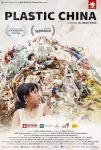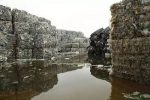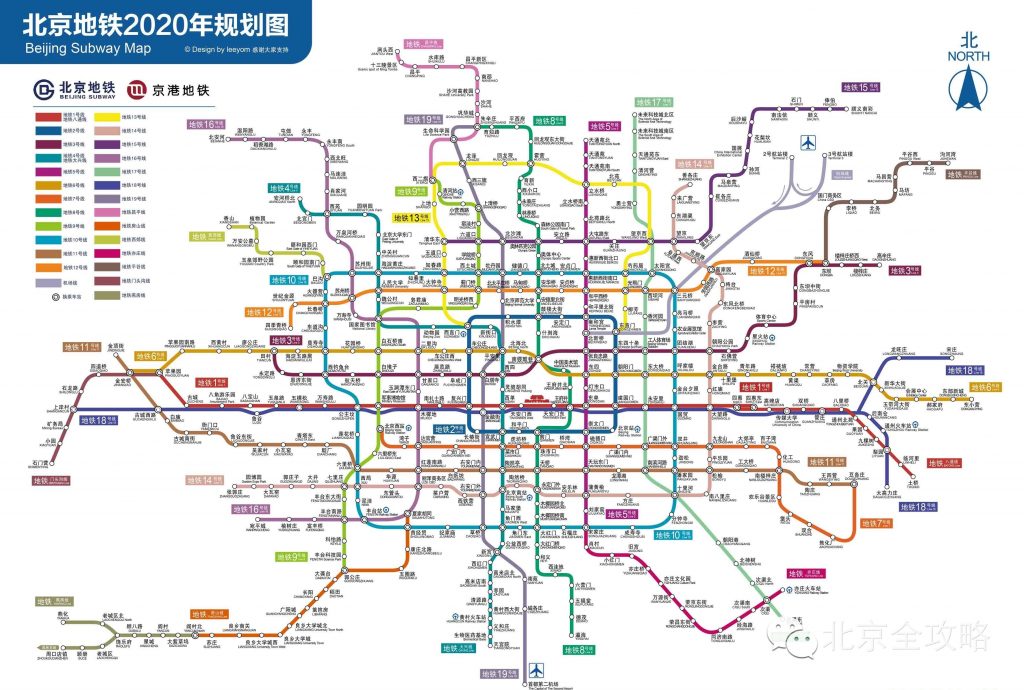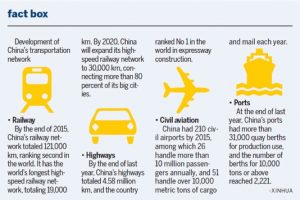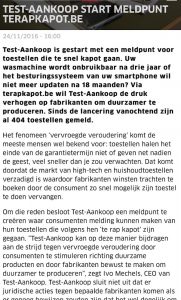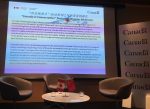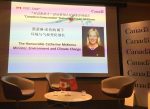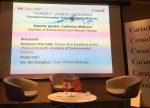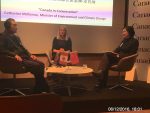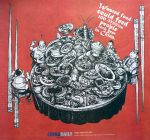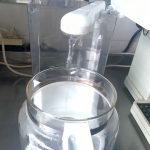A must to combat pollution
While progress to combat air pollution is very modest, China advances into renewable energy by spending huge sums.
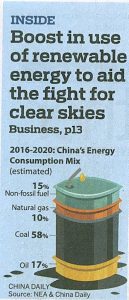
See this announcement (a similar article was in China Daily):
“China Aims to Spend at Least US$360 Billion on Renewable Energy by 2020”
http://www.nytimes.com/2017/01/05/world/asia/china-renewable-energy-investment.html
By MICHAEL FORSYTHE, 5 January 2017
(To better see the video, click full screen – need VPN in China)
China intends to spend more than US$360 billion through 2020 on renewable power sources like solar and wind. It laid out a plan to dominate one of the world’s fastest-growing industries, just at a time when the United States is set to take the opposite tack as Donald J. Trump, a climate-change doubter, prepares to assume the presidency.
The agency said in a statement that China would create more than 13 million jobs in the renewable energy sector by 2020, curb the growth of greenhouse gasses that contribute to global warming and reduce the amount of soot that in recent days has blanketed Beijing and other Chinese cities in a noxious cloud of smog.
But even disregarding the threat of climate change, China’s announcement was a bold claim on leadership in the renewable energy industry, where Chinese companies, buoyed by a huge domestic market, are already among the world’s dominant players. Thanks in part to Chinese manufacturing, costs in the wind and solar industries are plummeting, making them increasingly competitive with power generation from fossil fuels like coal and natural gas.
Problems remain
While China advances into renewable energy, not all is well:
– A high amount of wind and solar plants are not yet connected to the grid; China State Grid has promised to improve connectivity.
– The quality of some wind and solar farms is dubious but they are making progress
– Recently many new coal-fired plants were started up, but now at least the government is slowing it down.

